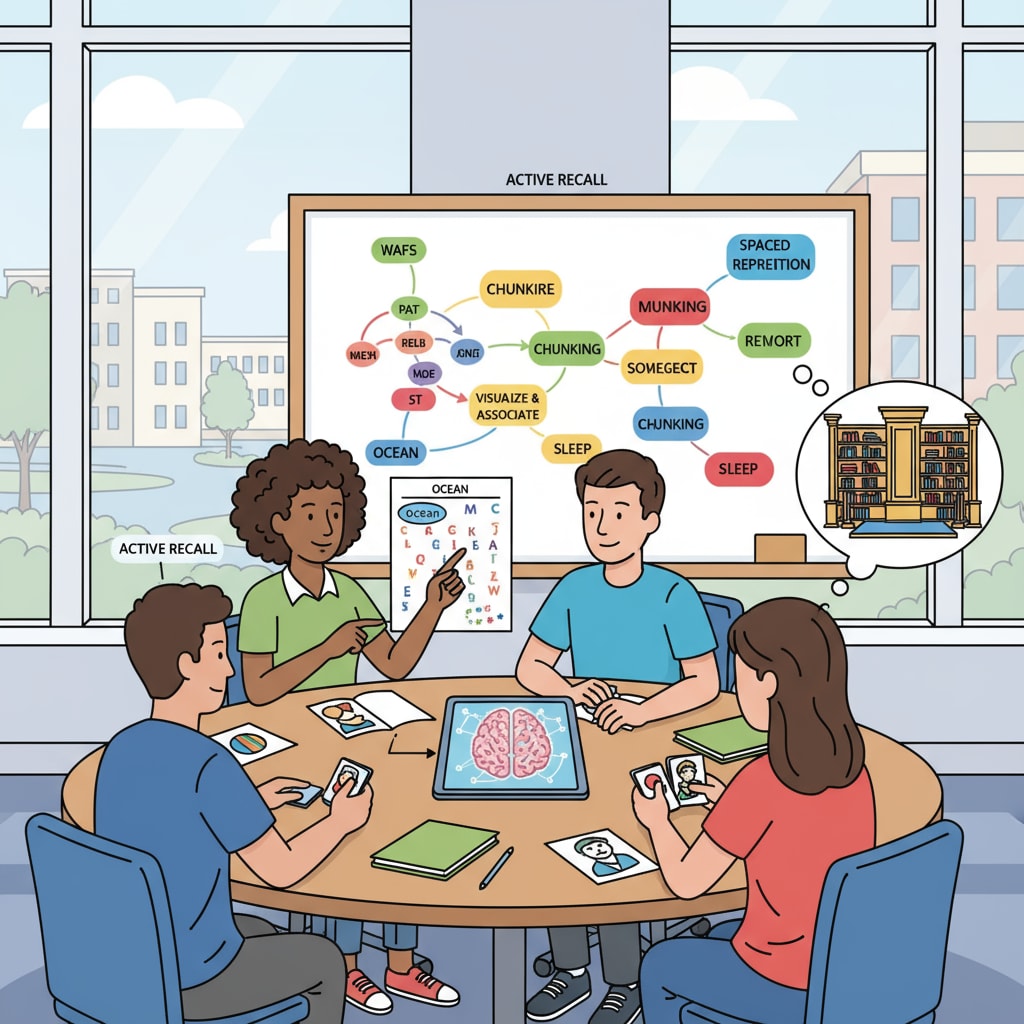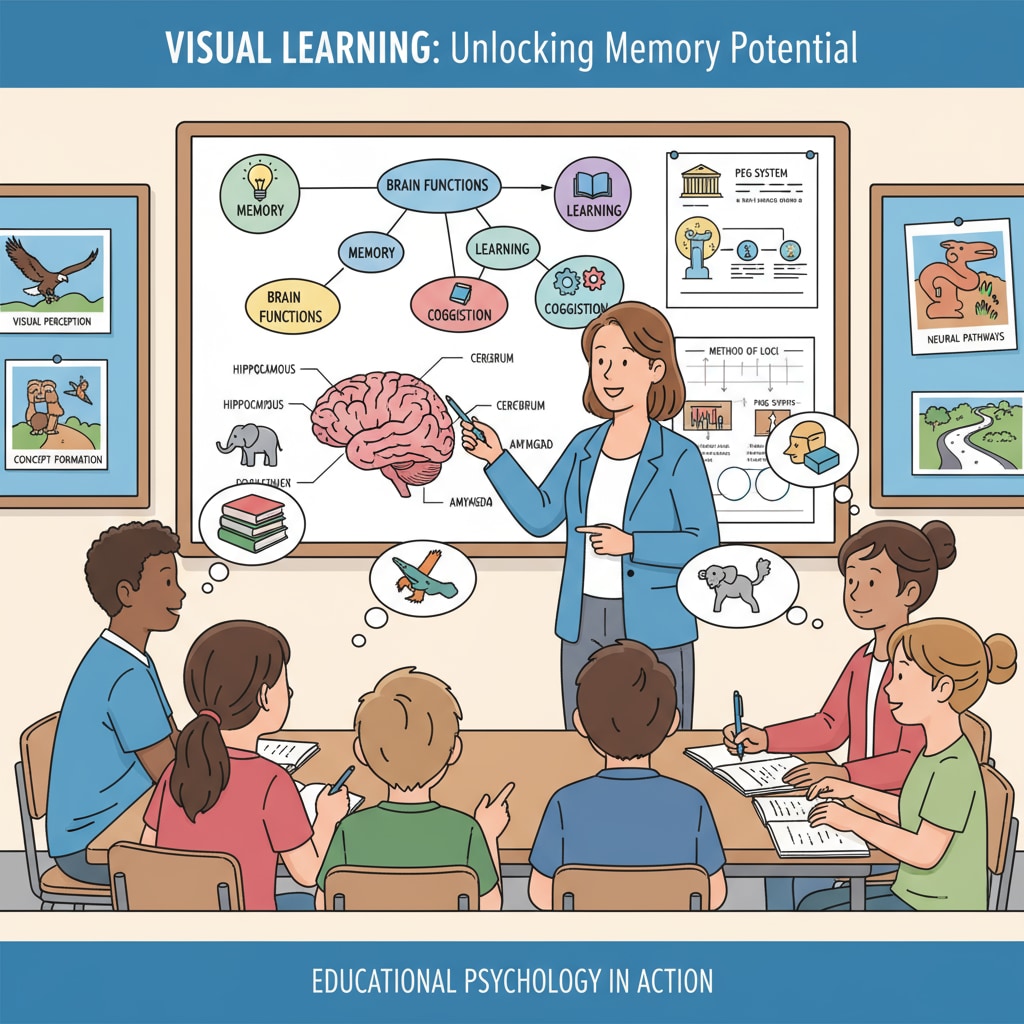The concept of “eidetic memory,” often referred to as the ability to remember things with perfect clarity after seeing them just once, has long fascinated people. In the context of K12 education, understanding the possibilities of memory development and enhancement is crucial for students’ academic success. Many believe it to be a rare gift, but in reality, it is within reach through scientific methods.

The Reality of Eidetic Memory
Eidetic memory, also known as photographic memory, is often misconstrued as an innate talent that only a select few possess. However, Wikipedia’s entry on eidetic memory clarifies that while some individuals may have a natural inclination towards better memory, it is not an all-or-nothing ability. Research has shown that memory is a complex cognitive function that can be trained and developed over time. For example, children in K12 are at a prime age for neural plasticity, which means their brains are highly adaptable and can be shaped through learning experiences.
Key Factors in Memory Development
Several factors contribute to memory development in K12 students. Attention is a fundamental aspect. When students are fully engaged and focused on the material, they are more likely to encode it into their long-term memory. Another important factor is repetition. Regularly revisiting and practicing what has been learned helps strengthen memory traces. Additionally, making connections between new information and existing knowledge also aids in better retention. According to Britannica’s article on memory psychology, these cognitive processes can be optimized through proper training.

Moreover, the use of mnemonic devices can significantly enhance memory. Mnemonics are techniques such as acronyms, rhymes, or visual imagery that help students remember information more easily. For instance, using the acronym “HOMES” to remember the names of the Great Lakes (Huron, Ontario, Michigan, Erie, Superior) is a simple yet effective mnemonic strategy.
Readability guidance: As seen above, we have broken down complex ideas into shorter paragraphs. Each H2 section has a clear focus, and we have used examples to illustrate key points. Transition words like “however,” “additionally,” and “moreover” have been used to create a smooth flow of ideas.


